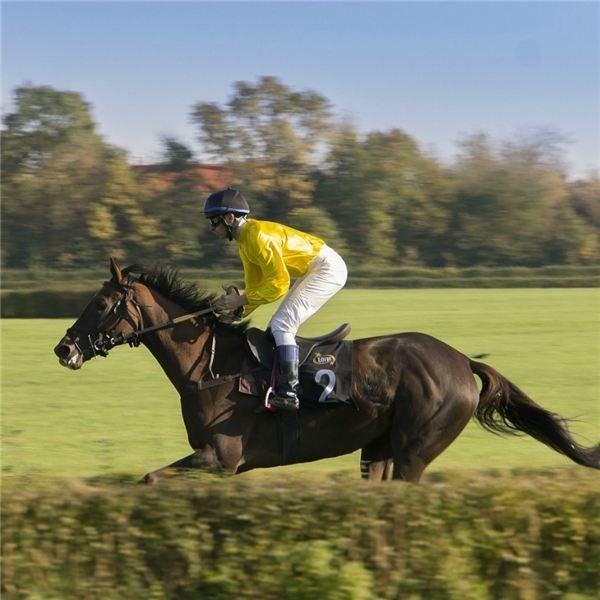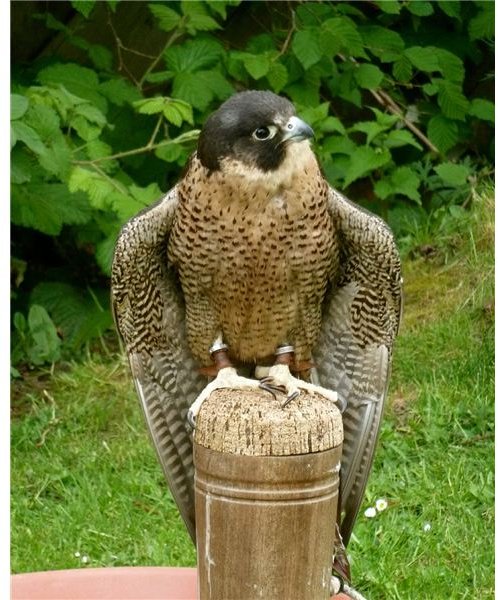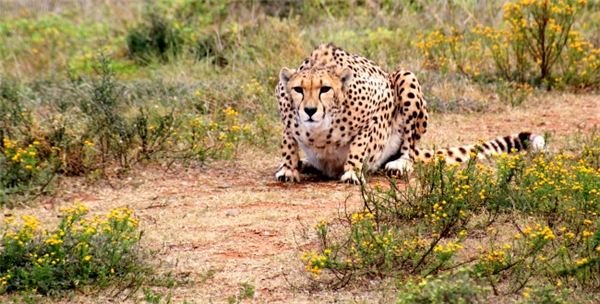How Fast Do Animals Run? A Look at Cheetahs, Horses, Antelopes and Other Animals Around the World
One would think the tortoise would always be on the edge of becoming another animal’s meal, but the shells they inhabit allow them to exist. What if you could be the fastest animal? Who would that be and why? Let’s find out.
Fastest Land Animal
The fastest land animal? He’s furry, lives in the savannah grassland of Africa, and has spots. It’s the cheetah. In full form, he reaches up to 70 miles per hour (112 km/hour). But this happens in rather short bursts, such as accelerating to catch his dinner—preferring antelope and hare of course. In one stride he can clear 20 feet—that’s as tall as a giraffe!
How does he accomplish this incredible speed? His body is built for sprinting. He is lean and lanky and uses his long graceful tail for balance. The muscles in his legs are powerful and once flat-out, his legs are stretched to their max. He has long retractable claws that help him grip and make fast cuts. And he doesn’t waste energy; his bursts of speed only last about one minute. At about 130 pounds of muscle with a lean tank, he spends a lot of time at rest preserving energy, and mostly hangs out in a solitary life.
The lion on the other hand is heavy. Males weigh in at about 400 pounds, so they can average about 50 miles per hour, but only in short bursts.
The Racer

Did you guess that the racing horse might be the fastest? The fastest thoroughbred race horse runs only about 48 miles per hour. That’s fast—the threshold for fastness is over 30 miles per hour. But actually quarter horses running short distances, can reach 50 miles per hour in short spurts.
The taller, lanky horse doesn’t always fair as well as you would think. According to researcher Dr. Alan Wilson, “A horse’s leg resembles a pogo stick that uses energy stored in the muscles and tendons to propel the animal forwards and upwards. We have found that the stiffer a horse’s leg restricts how quickly it can transmit force to the ground and bounce back up again and also increases the chances of injury… fast horses can bring their legs forward quickly in preparation for the next stride but that this is more difficult and therefore slower for large and long-legged horses.”
In addition, the jockey riding the horse needs to change the way he sits to help the horse go faster. If they stand up in the stirrups, bend forward and surf the horse, they are 5% to 7% faster. When they put their body into a crouching position and move in sync with the animal, it helps to streamline wind speed and the horse doesn’t have to work as hard as when his rider is just bouncing around.
Ungulates as a Family
Ungulates or hooved animals—a hoof is an enlarged toe nail really—are fast generally, but the next fastest after the cheetah is the North America pronghorn antelope who can hit his stride at 60 miles per hour!
His name is a misnomer, because he is more closely related to the giraffe even though he is a North American native. They don’t look like giraffes though because they have adapted to the plains region over thousands of years.
The pronghorn antelope is the fastest animal in the western hemisphere because of his excellent eyesight—the plains are wide open—and, guess what? They can sustain a motionless posture for hours (they must be strong). The pronghorn has extremely large lungs and heart—that, and hollow hair. All those traits help to feed blood and oxygen through his body, for speed.
The African Beat
The mammal we know best of all the African animals, the elephant, does his share of galloping. He can move about 15 to 25 miles per hour; but did you know they really walk on their toes? Yes, it is connective tissue and fat with the five toes buried inside. That’s why people say elephants walk silently.
There are ridges on the bottom of that mass that help them to grip the terrain, which makes them pretty sure-footed, ha! An elephants’ feet are important besides carrying this huge beast around. Did you know that their feet help to identify their age, size, and can separate the number of animals in a group because they are distinctive?
Another large mammal is the giraffe, able to run faster than 35 miles per hour (56 kilometers/hour). Of course that neck makes him the tallest but he has long legs too, and the front legs are longer than the rear ones—that’s because the hind legs burrow forward together. Giraffes aren’t really running but galloping because they place both the front and hind limb on the same side of their body forward together, followed by the same action on the other side.
Fastest in the Air

The speed of a bird is measured in air speed, not ground speed because of certain factors like the wind against the velocity of the vehicle. But’s that another story for another day.
The fastest flying animal is the Peregrine Falcon, a quite adept bird of prey who clocks up to 200 miles per hour! They have long, aerodynamic pointed wings and a stocky unmarked but beautifully-feathered chest. They hunt from above, taking a dive like a missile to incredible speeds.
Bird on Land
There is a bird that runs on land that sets some record too. It’s the ostrich. The largest bird weighing in at about 250-plus pounds, it cannot fly—but run it does.
As a long distance runner, it pumps powerful legs up to 43 miles per hour (about 70 kilometers/hour). Their wings act as rudders, helping them to steer and change direction. Since their legs are so powerful, they can cover about 16 feet in one stride, hello! Not only that, but their two-toed foot packs a wallop, and the claw inside can kill a human or a lion. And as far as that old saying about them burying their heads in the sand—no, not happening—but in defensive posture, they do bend down low.
Other Quick Run-Downs
- Black Bear runs short distances, 35 miles per hour
- Warthog escapes predators at 30 miles per hour
- Tiger, a heart-pulsing 35 miles per hour
- The rabbit or hare hits about 25 to 45 miles per hour depending on the breed
- Black rhino, 40 miles per hour; Indian rhino, 34 miles
- Fox at 30 miles per hour or 40 kilometers/hour
- Kangaroo hops at about 31 miles per hour (they need less energy to breathe moving, than when standing still)
- Gibbon and Spider Monkeys cover 20-feet or more in one leap
- The Dolphin undulates with his tail fluke at 25 miles per hour
- Snakes will slither about 5 miles per hour but different species move different ways: in concertina motion, sidewinding, serpentine, or catching up
References
- Running giraffe in Botswana: https://www.youtube.com/watch?v=WsaOn85TqUE
- Peregrine falcon: http://www.allaboutbirds.org/guide/Peregrine_Falcon/id and http://www.audubon.org/field-guide/bird/peregrine-falcon
- Elephant feet: http://elephant.elehost.com/About_Elephants/Anatomy/The_Feet/the_feet.html
- Animal Atlas: Superhero Animals. N Circle Entertainment. DVD.
- Hickman, Pamela. Animals in Motion: How animals swim, jump, slither and glide. Niagara Falls, NY: Kids Can Press, 2000.
- What is an ungulate? http://www.ultimateungulate.com/WhatisanUngulate.html
- Pronghorn antelope: http://www.arkinspace.com/2011/10/pronghorn-american-almost-antelope.html
- Air speed versus ground speed: http://www.aerospaceweb.org/question/instruments/q0210.shtml
- Ostrich: http://bioexpedition.com/ostrich-anatomy/
- Horse speed: http://www.sciencedaily.com/releases/2004/11/041116231740.htm
